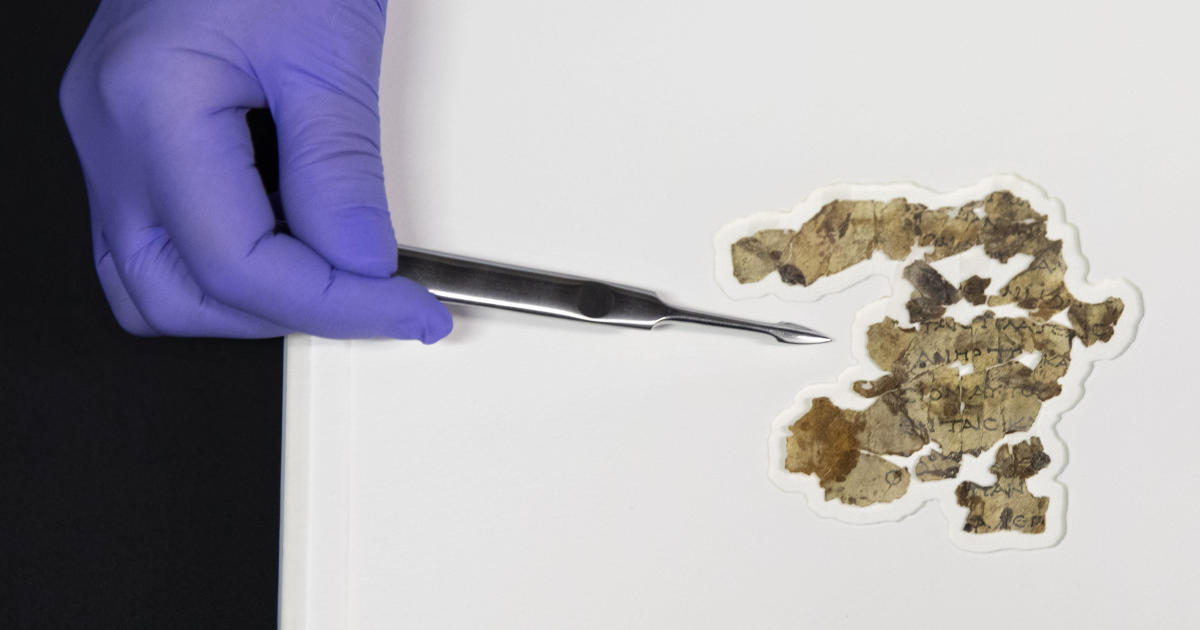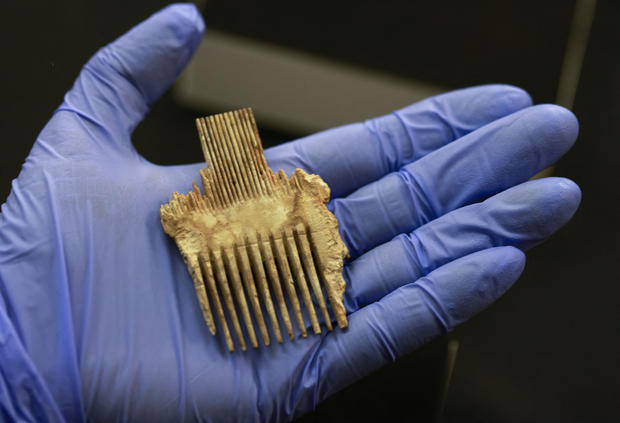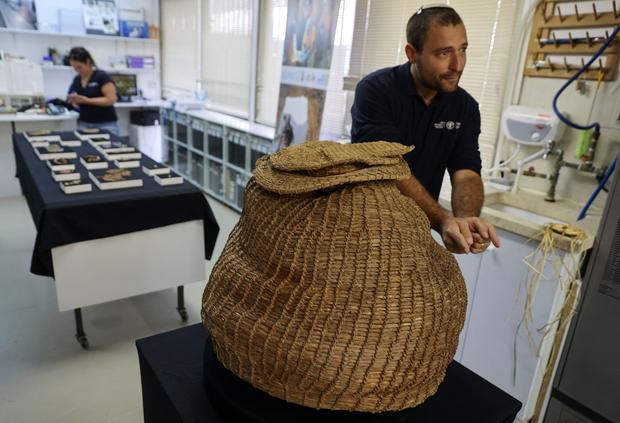Israeli archeologists this week announced the discovery of dozens of new Dead Sea Parchment Fragments. Found in a cave in the desert and probably hidden during a Jewish revolt against Rome almost 1,900 years ago, fragments of biblical texts offer a rare window into the history of Judaism, the early Christian life and humanity.
Imtiaz Tyab of CBS News reports that when the first fragments of the Dead Sea Scrolls were found more than 70 years ago, it was widely considered to be one of the most significant archaeological discoveries of the 20th century.
To make the new discovery, archaeologists descended a steep cliff to the Cave of Horrors – so named because of the dozens of human remains found within it. But while the cave’s history is as bleak as its name implies, the excavators described what they found inside as “between heaven and earth”.

Dozens of fragments of the Dead Sea Scrolls were discovered after almost two millennia. The pieces of parchment are small – some tiny – but large enough to extract wisdom, according to Dr. Oren Ableman.
“These are the things you should do,” he quotes one of the fragments of the Greek text. “Speak the truth to each other, do true and perfect justice at your doorsteps and do not plan evil against each other. And do not love perjury because these are things that I hate, declares the Lord.”
MENAHEM KAHANA / AFP / Getty
The arid conditions of the Judean Desert ensured that dozens of other objects found alongside the parchment fragments also withstood the test of time, including ancient olive stones; leftover clothes and sandals and a wooden lice comb similar to what can be used today.
Protecting culture or stealing it?
Archaeologist Chaim Cohen says the four-year project was vital in protecting the treasures within the future looting cave system.
“This project is the protection of the area because, again, it is almost impossible to beat the looters,” he said. “They are working and the solution was to get to the case before the looters.”
The huge excavation site spans parts of southern Israel and the West Bank occupied by Israel. Israel has long been criticized for removing objects found in the Palestinian territories.
Under international law, taking cultural property out of an occupied territory is prohibited, but these concerns have not prevented the Israeli Antiquities Authority from putting the findings on display.
Beyond the biblical
Some of the artifacts go far beyond the biblical, including the 6,000-year-old skeleton of a small child and an almost perfectly preserved basket, which would not look much out of place in a home furniture store today.
MENAHEM KAHANA / AFP / Getty
“We don’t understand why we thought the cave was empty, and when we arrived, we were looking at a huge, intact basket,” said Yaniv Berman of the Antiquities Authority. He said that when they got the results of the carbon dating analysis, “we were shocked! He’s 10,500 years old!”
It was another dazzling piece from the past, found alongside ancient wisdom that still resonates today.


